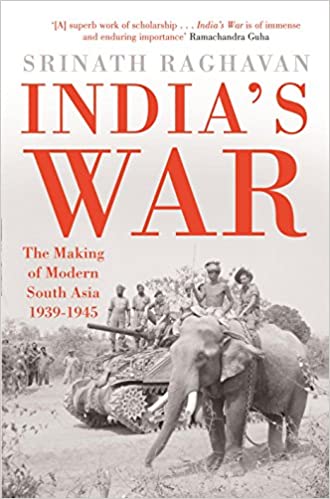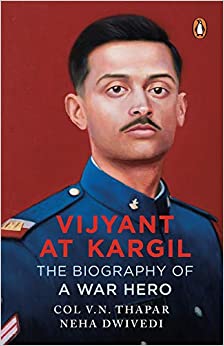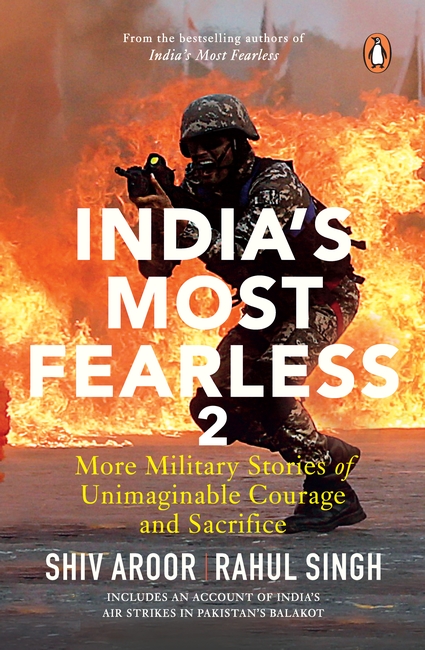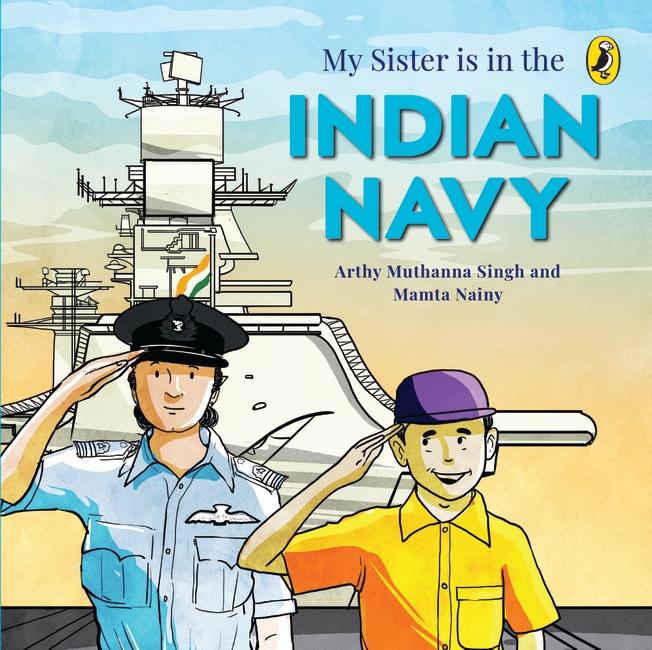Our soldiers’ heroism and valour is perhaps not talked about enough. As the country celebrates Army Day, here are books by various authors on the history of India at war, accounts of fighting and stories from the border. Learn more about the impact of war: personally and politically.
Also included are some titles to introduce the special forces to your children: they talk about life in the Indian Army, Indian Air Force and Indian Navy.
The Raj at War
At the heart of The Raj at Warare the many lives and voices of ordinary Indian people. Yasmin Khan presents the hidden and sometimes overlooked history of India at war, and shows how mobilisation for the war introduced seismic processes of economic, cultural and social change―decisively shaping the international war effort, the unravelling of the empire and India’s own political and economic trajectory.
*
A Revolutionary History of Interwar India
Focusing on the Hindustan Socialist Republican Army (HSRA), A Revolutionary History… delivers a fresh perspective on the ambitions, ideologies and practices of this influential organization formed by Chandrashekhar Azad and Bhagat Singh and inspired by transnational anti-imperial dissent. It is a new interpretation of the activities and political impact of the north Indian revolutionaries who advocated the use of political violence against the British.
*
India’s War
Between 1939 and 1945 India changed to an extraordinary extent. Millions of Indians suddenly found themselves as soldiers, fighting in Europe and North Africa but also – something simply never imagined – against a Japanese army threatening to invade eastern India. Many more were pulled into the vortex of wartime mobilization.
Srinath Raghavan’s compelling and original book gives both a surprising new account of the fighting and of life on the home front.
*
SHOOT, DIVE, FLY
Learn all about an exceptional way of life SHOOT, DIVE, FLY aims to introduce teenagers to the armed forces and tell them about the perils-the rigours and the challenges-and perks-the thrill and the adventure-of a career in uniform. Ballroom dancing, flying fighter planes, detonating bombs, skinning and eating snakes in times of dire need, and everything else in between-there’s nothing our officers can’t do!. Read twenty-one nail-biting stories of daring. Hear from some amazing men and women about what the forces have taught them-and decide if the olivegreen uniform is what you want to wear too.
*
This was the last letter Captain Vijyant Thapar wrote to his family. He was twenty-two when he was martyred in the Kargil War, having fought bravely in the crucial battles of Tololing and Knoll. A fourth-generation army officer, Vijyant dreamt of serving his country even as a young boy. In this first-ever biography, we learn about his journey to join the Indian Military Academy and the experiences that shaped him into a fine officer.
*
Kargil
Kargil takes you into the treacherous mountains where some of Indian Army’s bloodiest battles were fought. Interviewing war survivors and martyrs’ families, Rachna Bisht Rawat tells stories of extraordinary human courage, of not just men in uniform but also those who loved them the most. With its gritty stories of incomparable bravery, Kargil is a tribute to the 527 young braves who gave up their lives for us-and the many who were ready to do it too.
*
Guns, Guts and Glory
The perfect boxset to gift: this has three titles. 1965: Stories from the Second Indo-Pakistan War, Shoot, Dive, Fly: Stories of Grit and Adventure from the Indian Army and The Brave: Param Vir Chakra Stories that share stories from the war
*
India’s Most Fearless I &II
India’s Most Fearless covers fourteen true stories of extraordinary courage and fearlessness, providing a glimpse into the kind of heroism our soldiers display in unthinkably hostile conditions and under grave provocation. The highly anticipated sequel to India’s Most Fearless brings you fourteen more stories of astonishing fearlessness, and gets you closer than ever before to the personal bravery that Indian military men display in the line of duty.
*
1965
On 1 September 1965, Pakistan invaded Chamb district in Jammu and Kashmir, triggering a series of tank battles, operations and counter-operations. It was only the bravery and well-executed strategic decisions of the soldiers of the Indian Army that countered the very real threat of losing Kashmir to Pakistan. Recounting the battles fought by five different regiments, the narrative reconstructs the events of the 1965 Indo-Pakistan war, outlining details never revealed before, and remembers its unsung heroes.
*
The Brave
Twenty-one riveting stories about how India’s highest military honor was won. Rachna Bisht Rawat takes us to the heart of war, chronicling the tales of twenty-one of India’s bravest soldiers. Talking to parents, siblings, children and comrades-in-arms to paint the most vivid character-portraits of these men and their conduct in battle and getting unprecedented access to the Indian Army, Rawat has written the ultimate book on the Param Vir Chakra.
BOOKS FOR CHILDREN:
My Mother is in the Indian Air Force
Rohan thinks his mom is a bit like a a superhero-she flies in to save the day, she loops and swoops between the clouds, she even jumps off planes wearing parachutes! But her job demands that she keep moving from place to place, and Rohan doesn’t want to move again. Not this time. Can he find a way to stay?
Read on to find out about the people and their families whose big and small acts of heroism make the Indian air force formidable!
*
My Father is in the Indian Army
Beena’s dad is in the Indian army, which means that when duty calls, he’s got to get going at once. Beena knows her dad’s job is important, but her birthday is coming up. She really, really wants her dad to be at home to celebrate with her. Will he be able to make it back in time?
Read on to find out about the people and their families whose big and small acts of heroism make the Indian army inspiring!
*
My Sister is in the Indian Navy
Nikky’s sister is in the navy. When her ship is in port, she and Nikky get to do lots of fun things together. Nikky would like to spend more time with his sister, and he doesn’t want her to leave, but he knows that, eventually, her sailing orders will arrive…
Read on to find out about the people and their families whose big and small acts of heroism make the Indian navy exemplary!























